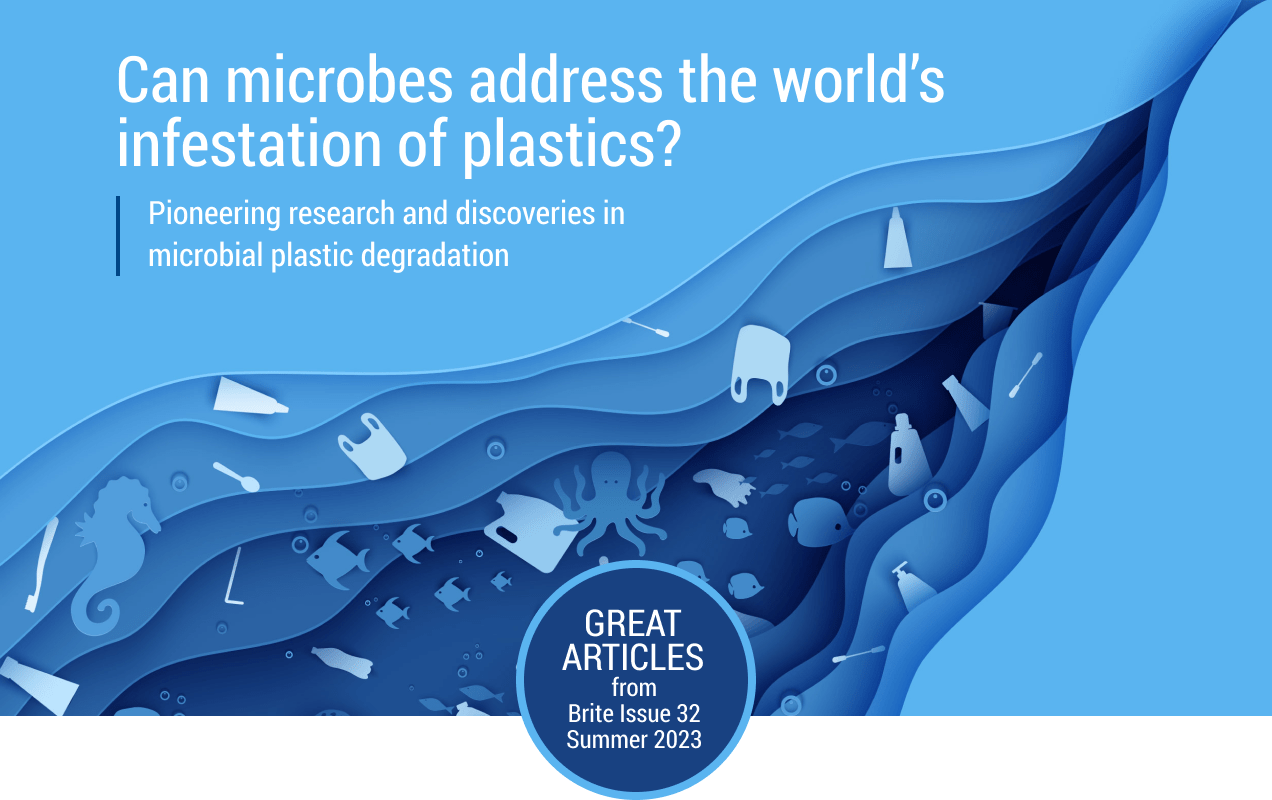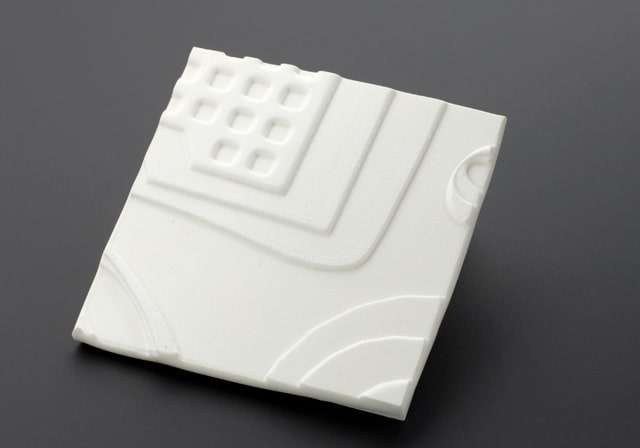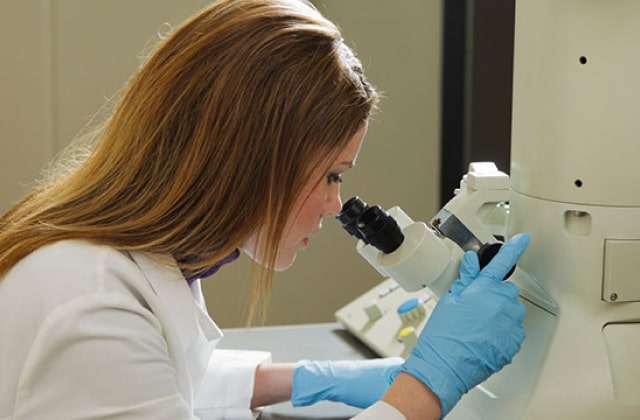|
|
 |
 |
| |
|
This issue of brite Innovation Review brings together a range of compelling innovations and examines some of their applications and impacts.
Plastic pollution is a global environmental challenge, with vast amounts of plastic waste accumulating in landfills, water bodies, and natural ecosystems. While reducing plastic consumption and improving waste management practices are crucial, microbes offer a promising avenue for tackling the existing plastic waste.
|
| |
|
|
 |
| |
|
One solution that attracted our attention is the use of microbes in accelerating the degradation of plastic. Certain species of bacteria and fungi have been found to possess the ability to break down and degrade various types of plastic. These plastic-degrading microbes produce enzymes, which can break down the chemical bonds in plastics, turning them into smaller molecules that can be utilised by the microorganisms as a source of carbon and energy.
Self-healing materials are a fascinating area of research and innovation that has the potential to reshape the structure of various objects and materials. These materials possess the ability to autonomously repair damage or regain their original shape after being subjected to mechanical stress or other forms of damage. Self-healing materials are influencing the structure of things. For example, extended lifespan by mitigating or repairing objects, improved durability by preventing scratches and dents, and, enhanced safety by providing corrosion resistance and preventing structural failures are only a small sample of some of the benefits.
|
| |
|
|
 |
| |
|
Generative AI, referring to artificial intelligence systems that can generate new content such as text, images, and music, has the potential to play a role in the field of education. While it is not a substitute for those conventional learning methods, generative AI can occupy a new seat of learning in several ways such as in content creation where visual representation or interactive elements are important, personalised learning tailored to learners’ specific needs, language learning and translation, intelligent tutoring and creativity exploration.
Large Language Models, such as OpenAI's GPT-3, have garnered special attention by different industry sectors due to their capability to understand advanced natural language, and generate creative outputs in a more versatile and adaptable way. Large language models can be integrated into customer service platforms, content creation tools, recommendation engines, and many more target application, providing new opportunities for automation, personalisation, and improved user experiences.
We examine the question of whether bias can be completely irradicated in AI-based systems. Bias can creep into an AI based system through various stages of development, including data collection, pre-processing, algorithm design, and deployment.
|
|
| |
|
 |
| |
|
The proliferation of AI-driven technologies in the consumer space has indeed created an environment where the spread of “false” information and misinformation can be facilitated. While AI itself is not inherently responsible for the creation of false information, it can amplify and accelerate its dissemination.
Adaptive Zero Trust, an approach to cybersecurity that focuses on continuous monitoring and strict access controls, can be effective in mitigating AI-generated cyber-attacks. However, it is important to understand that no security measure can provide an absolute protection against all types of attacks, including those facilitated by AI!
The convergence of 5G and satellite technologies holds great potential for enhancing connectivity and enabling new services such as extended coverage, broadband connectivity, IoT and Machine-to-Machine (M2M) communications, disaster recovery and emergency service amongst many others.
Dynamic sourcing is reshaping supply chain networks by introducing flexibility, agility, and responsiveness to changing market conditions. Traditionally, supply chains were often built around fixed, long-term supplier relationships and centralized production. However, dynamic sourcing introduces a more demand-driven adaptive approach that allows for geographical diversification to minimise risks associated with localised disruptions.
|
|
| |
|
 |
| |
|
Cryo-electron microscopy (cryo-EM) is a powerful imaging technique that has revolutionised our ability to visualise and understand the structure of biological macromolecules at near-atomic resolution. We will examine how Cryo-electron microscopy has transformed our ability to examine the invisible world of biomolecules.
High-Performance Computing (HPC) systems are expected to see a continuous increase in computing power, driven by advancements in processor technology, parallel computing architectures, and the integration of specialised accelerators like GPUs (Graphics Processing Units). HPC and AI systems are converging, with HPC systems being used to accelerate AI model training and inference. This trend is expected to continue, as AI applications increasingly require large-scale computing power for tasks like deep learning, natural language processing, and data analytics. HPC systems become more accessible and user-friendly, their adoption will likely expand across industries, enabling new discoveries, advancements, and innovation.
Enjoy reading these articles and we look forward to receiving and sharing your stories.
Professor Sa’ad Sam Medhat
PhD MPhil CEng FIET FCIM FCMI FRSA FIKE FIoD
Chief Executive of Institute of Innovation and Knowledge Exchange
Visiting Professor of Innovation and Digital Transformation, University of Westminster
|
|
| |
|
| |
|
Can microbes address the world’s infestation of plastics?
Pioneering research and discoveries in microbial plastic degradation
|
| |
 |
| |
|
|
|
|
| |
| |
| |
|
|
|
|
How is nanotechnology improving our food and health?
Nanotechnology is used to design and create new materials, devices, and systems with unique properties
|
| |
 |
| |
|
|
|
| |
| |
| |
| |
|
When 5G met satellite
5G is the new global wireless standard, enabling an evolved network designed to connect all devices, machines, and objects
|
| |
 |
| |
|
|
|
|
| |
| |
| |
|
|
|
|
Can Generative AI occupy the new seat of learning?
AI has taken significant strides in recent years, best illustrated by generative AI like ChatGPT storming onto the scene
|
| |
 |
| |
|
|
|
| |
| |
| |
| |
|
Is the world of false growing in an AI-driven consumer space?
Given the greyness of society, it should come as no surprise that AI has its detractors and pitfalls
|
| |
 |
| |
|
|
|
|
| |
| |
| |
|
|
|
|
Can Adaptive Zero Trust truly prevent ai-generated cyber attacks?
Implementing a Zero Trust framework to secure data and infrastructure has become increasingly prevalent in digital transformation
|
| |
 |
| |
|
|
|
| |
| |
| |
| |
|
Can bias truly be eradicated from AI?
Concerns about biases in AI raise questions about its ability to make the positive social impact it could and should
|
| |
 |
| |
|
|
|
|
| |
| |
| |
|
|
|
|
How are self-healing materials reshaping the structure of things?
Self-healing material is an artificial substance that repairs itself without any human diagnosis or invention
|
| |
 |
| |
|
|
|
| |
| |
| |
| |
|
How Cryo-Electron Microscopy (Cryo-EM) is revealing the invisible?
Cryo-EM is an innovation heralding a transformational shift in how researchers perceive and understand microscopic phenomena
|
| |
 |
| |
|
|
|
|
| |
| |
| |
|
|
|
|
How dynamic sourcing is rewiring supply chain networks
Dynamic sourcing is a system utilising automation and agile processes to strategically navigate and establish control within the pandemonium of in-flux supply chain networks
|
| |
 |
| |
|
|
|
| |
| |
| |
| |
|
Why are Large Language Models getting special attention?
Fully grasping large language models means first understanding deep learning techniques
|
| |
 |
| |
|
|
|
|
| |
| |
| |
|
|
|
|
What trajectory will High Performance Computing (HPC) follow?
HPC plays a crucial role in our modern landscape, leading to breakthroughs and innovations in multiple fields
|
| |
 |
| |
|
|
|
| |
|
ABOUT BRITE INNOVATION REVIEW
Brite is a quarterly digital journal published by the Institute of Innovation and Knowledge Exchange. This magazine highlights the innovations, ideas and people who are transforming industry, education and government policy and provides a digital platform to promote science, technology and business innovation, exchanging ideas and knowledge, and encouraging the advancement of innovative practice across different sectors.
Brite brings together leading thinkers from business, education, research and industry to celebrate and promote the original thought and creative processes that drive economic and societal development. Each issue is distributed to IKE Institute’s audience of decision-makers across industries, and is also distributed to IKE’s members and audience across government, industry and education.
|
| |
| |
 |
 |
|
|
| |
|
|
|
|